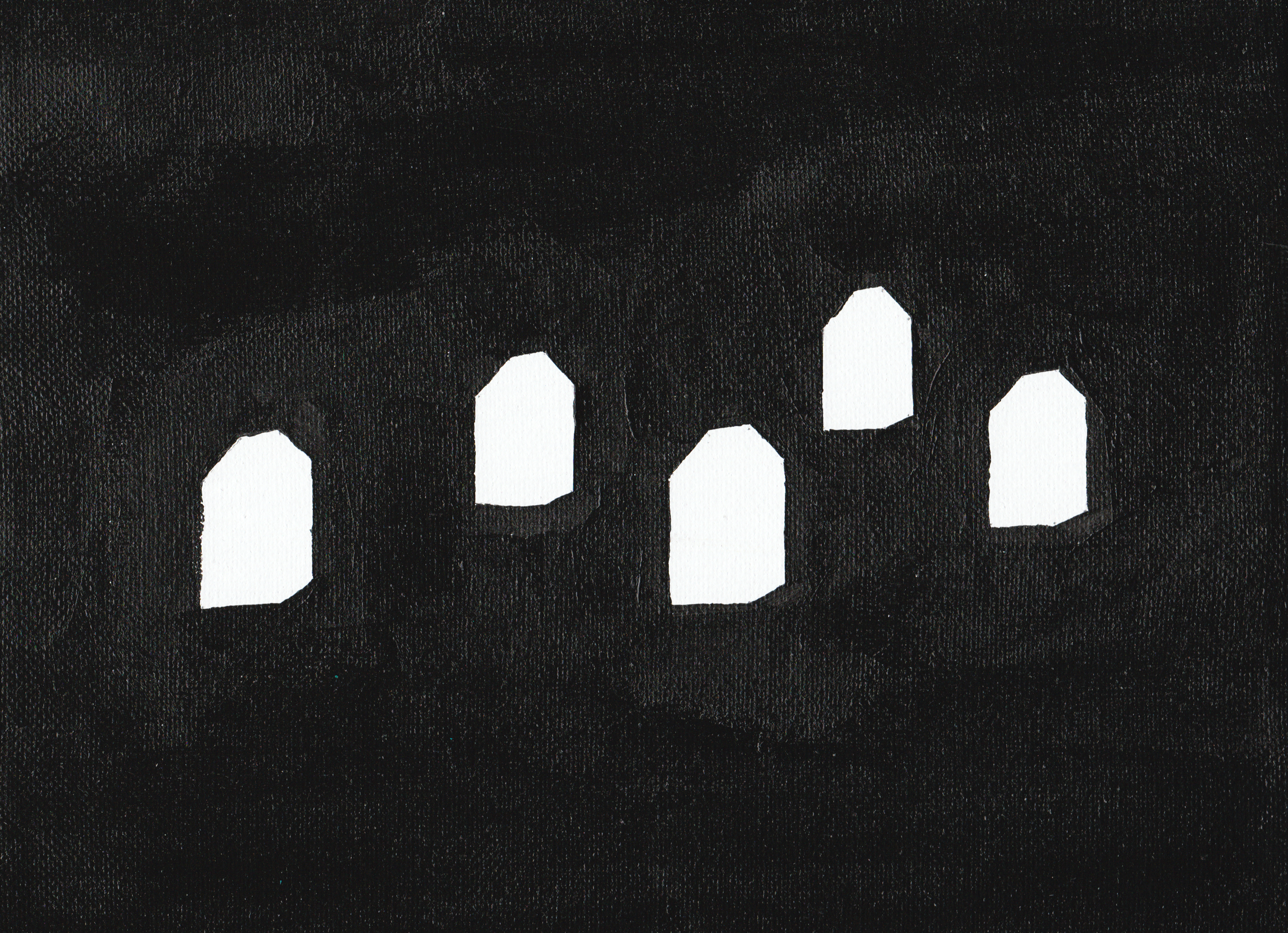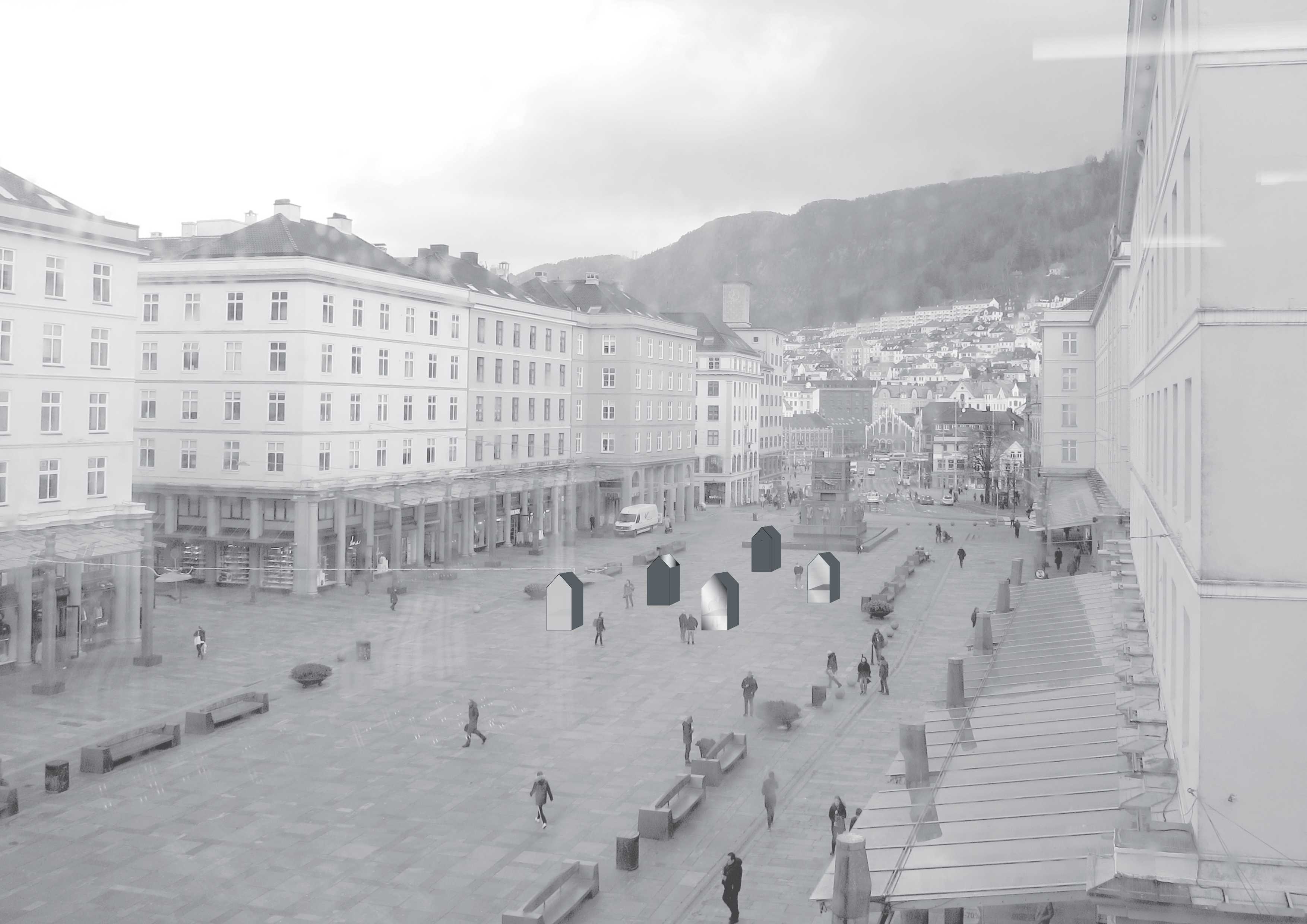
Village is a set of ascetic architectures that modulate the power dynamics of the gaze in public space. Situated in the commons, the community of structures generates togetherness through solitude, awareness through enclosure and privacy in public. The architectures serve as devices to condition the perception of the subjects of the commons by creating alternative fields of visibility and perceptual vantage points.
The set of architectures can be used as tools to support alternative technologies of self that rely on one’s placement in relation to public space. By entering a solitary architectural form with mirrored glass, one assumes a position of power over the space by being hidden from the observation of the public and surveillance mechanisms, while also allowing one to voyeuristically observe the stage of the commons. An architecture with a glass front puts one on display, as if in a vitrine, to expose and emphasize the effect of the public gaze on the individual, another only allows the user to gaze at the sky — removing attention from the public square, and another one has frosted plexiglass, sharing only an impression of the interior and the view of the public from within. A camera obscura architecture presents the exterior as seen by a camera.
These tools allow individuals to influence their self-governance by creating different environments for practices of self-understanding and observation.
Conceptualized in the field of art and proposed as an installation, the architectures were designed to be integrated into public space as matter-of-fact elements of the everyday. Through the degradation of their status as art, the structures become commonplace and begin to have a more surreptitious impact on the practice of everyday life.
Conceptualized in the field of art and proposed as an installation, the architectures were designed to be integrated into public space as matter-of-fact elements of the everyday. Through the degradation of their status as art, the structures become commonplace and begin to have a more surreptitious impact on the practice of everyday life.
The architectural community is the product of spatial research of the commons, performative reflexive strategies, and theoretical experimentation. The trajectory is supported by artistic installations, performance works, and archival practices that culminated in this urban design solution.
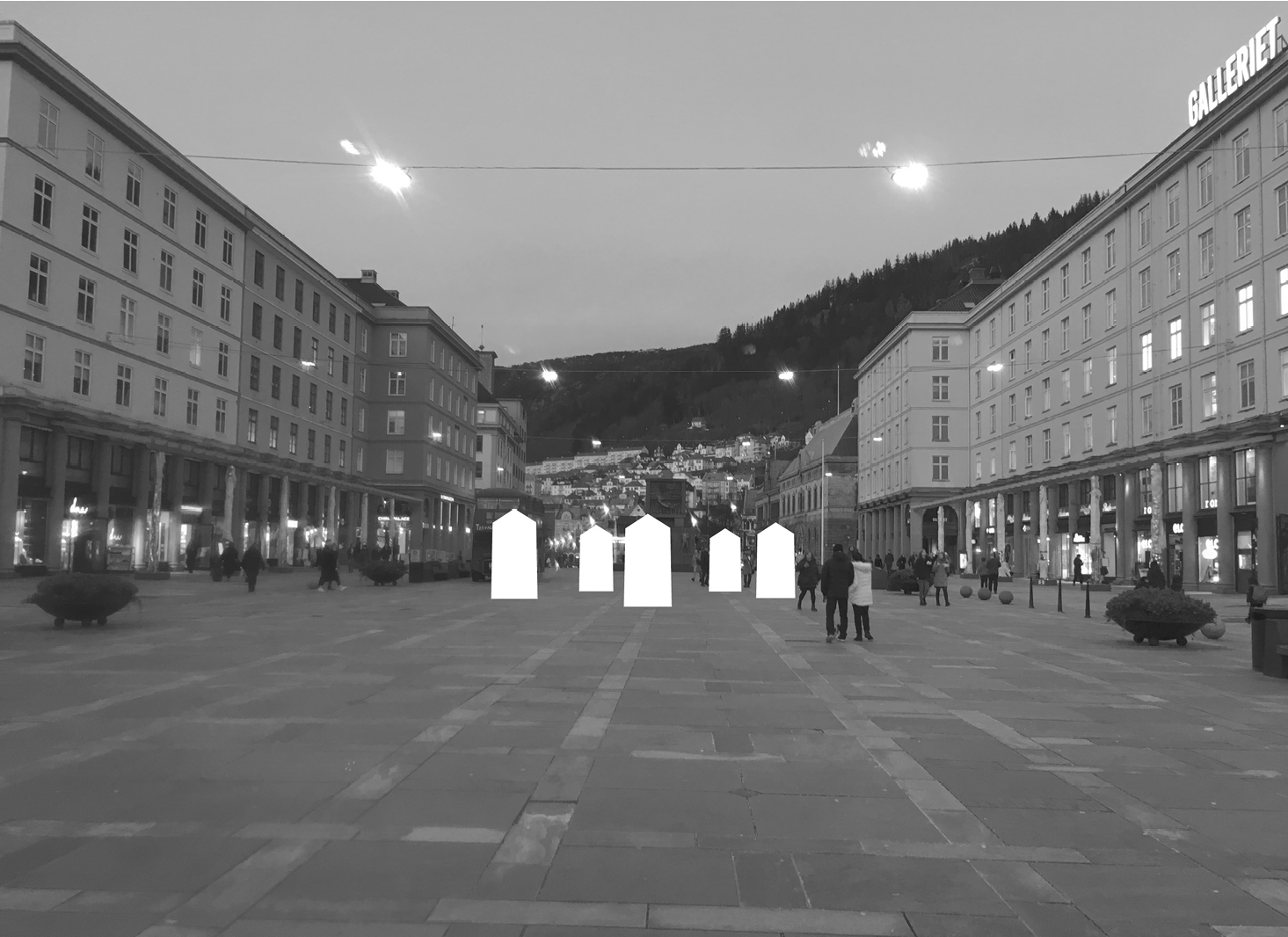

part of the formal design proposal outlining the utility of the structures:

producing the work as design legitimates the structures as functional artefacts of the lifeworld
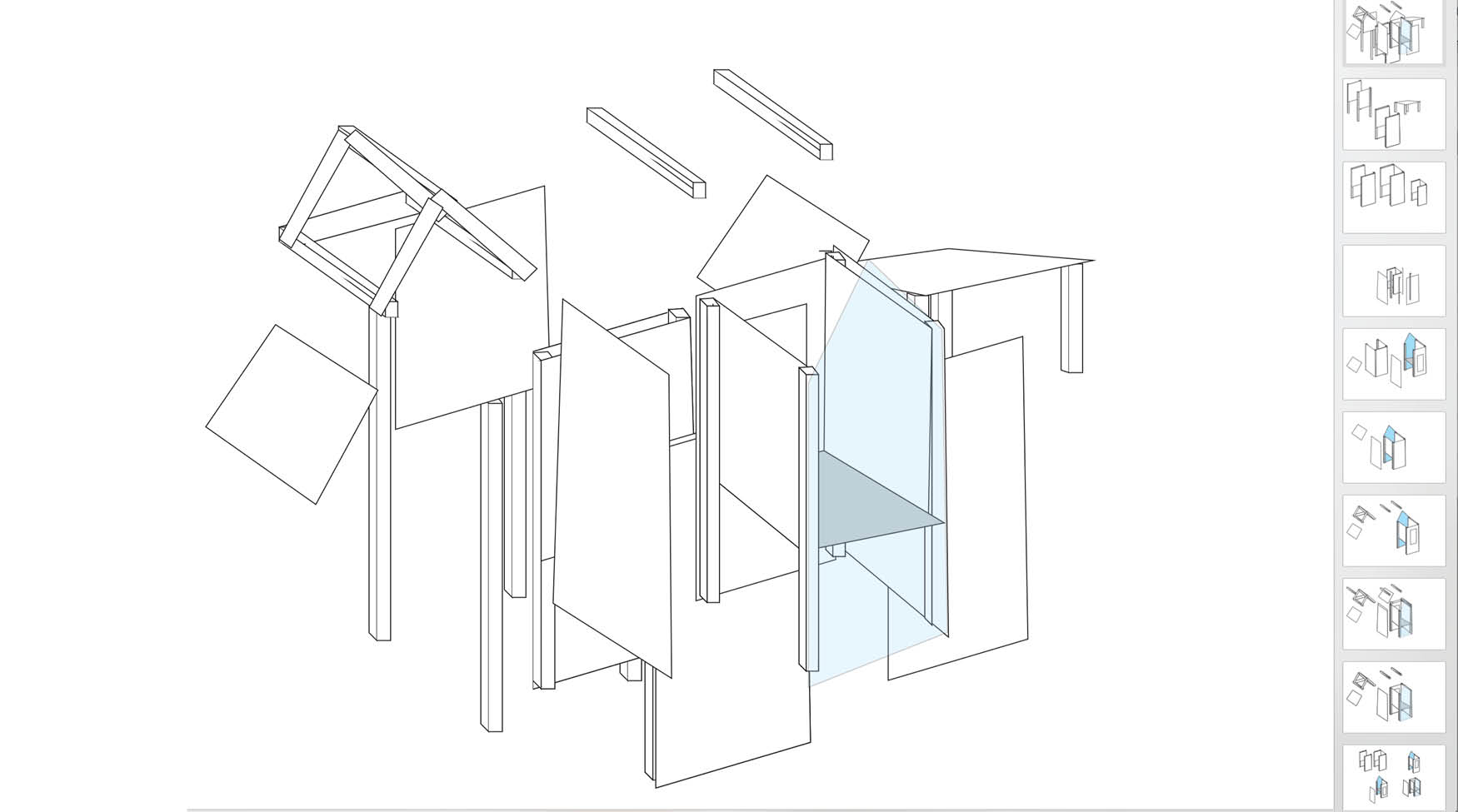
architectural skeleton: a platform supports a solitary viewer inside the structure
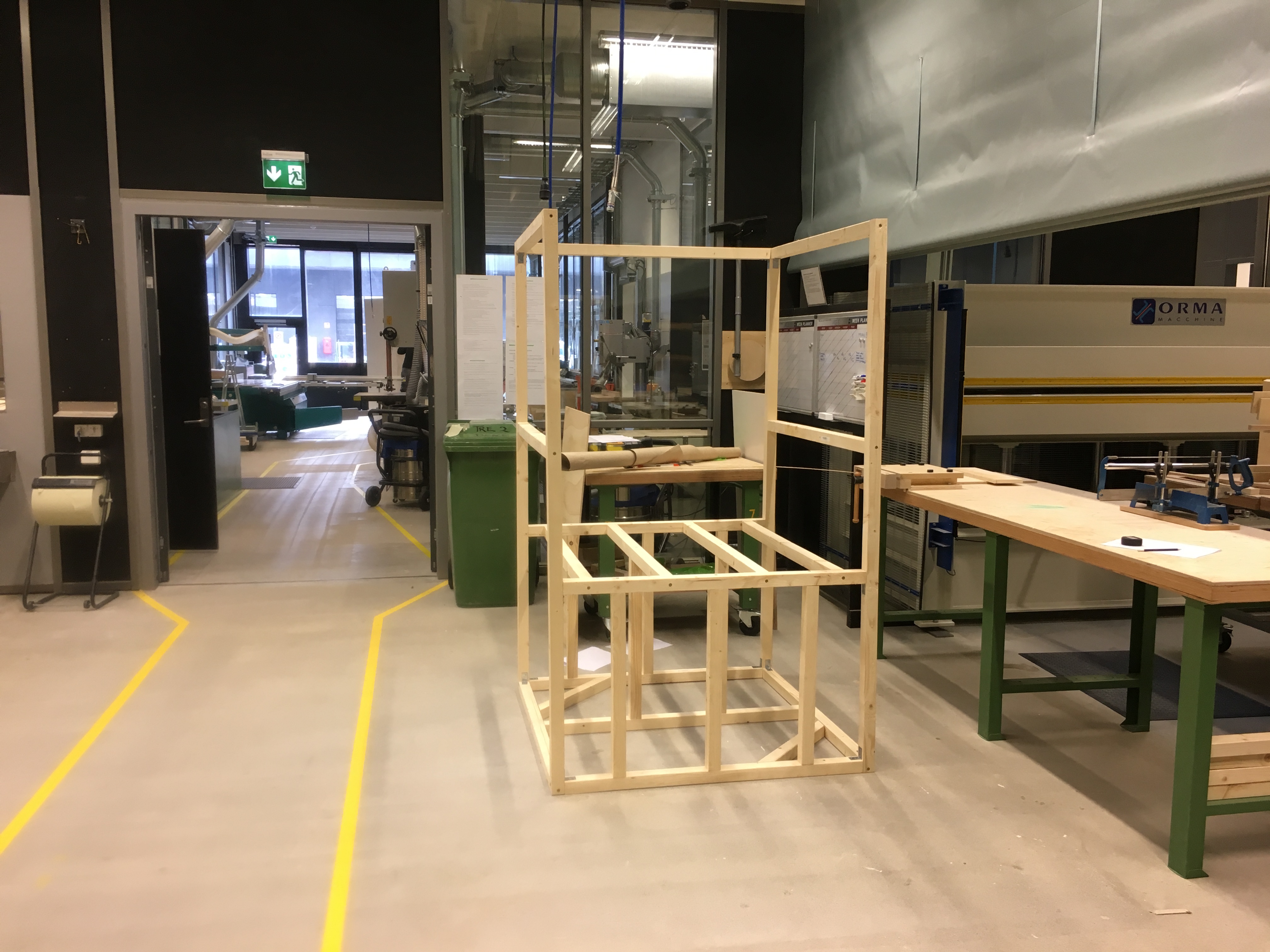
the main structure of the set subverts the power dynamics between the viewer and the public realm, placing one in a voyeuristic perspective and protected field of visibility

artistic representations of the space -- visions -- serve as a process towards the realization of the work
